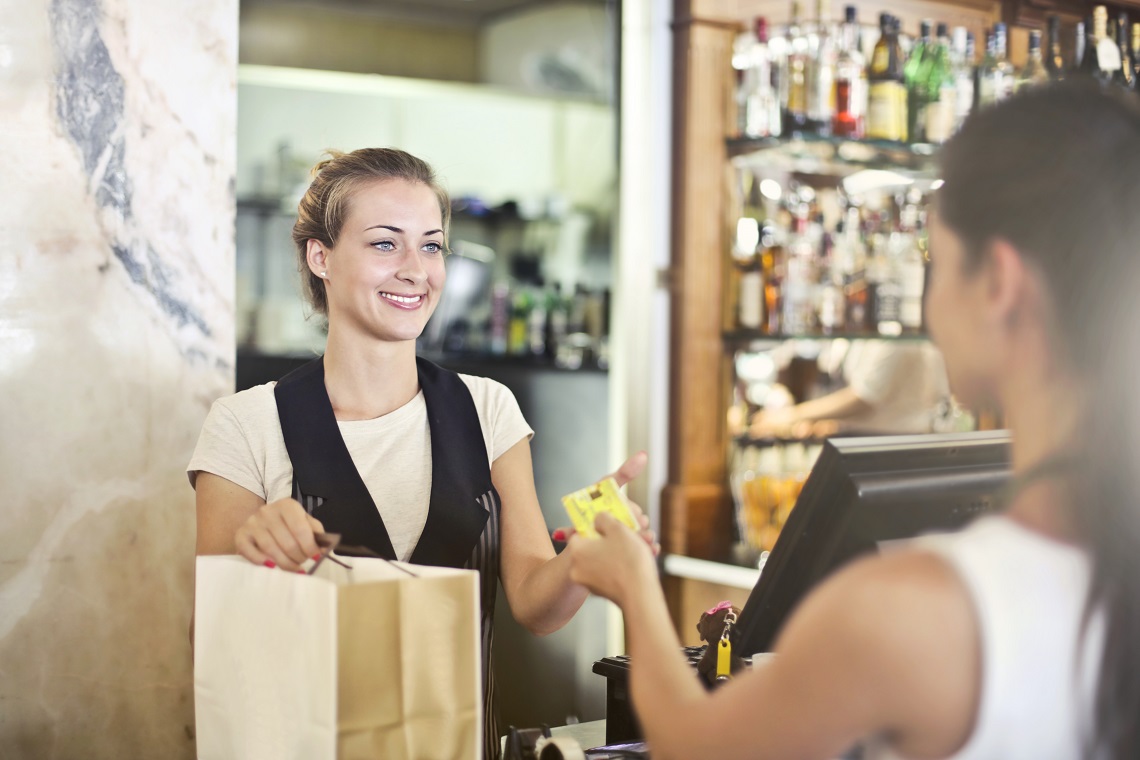In the 2021 National Liquor News Industry Leaders Forum, Roy Morgan has shown the importance of evidence based research for businesses in the liquor industry. This article, written by Roy Morgan CEO Michele Levine, analyses what the data tells us about 2020 and the year ahead.
How do you know what a nation is feeling and thinking and doing? You ask. Not every single person, but a great many. Enough to let you see both the big picture and all the small pixels that form it. That way you don’t have to speculate or guess; you can feel confident you know what’s actually going on.
Take alcohol consumption, for example. Back in the early days of the COVD-19 pandemic, panic buying in liquor stores and screenshots of Zoom happy hours triggered a flood of opinion pieces and columns warning that Australians’ alcohol consumption was on the rise, possibly dangerously so. But the data showed something different.
It showed that rather than the pandemic driving the nation to drink, alcohol consumption was continuing to decline gently during 2020, as it has done for the past decade and a half. We were able to say this with confidence because the information came not from a straw poll, but from a carefully chosen representative sample of more than 25,000 respondents.
Real data not ‘anecdata’
In a continuous survey conducted over a 12 month period, we asked people whether they had drunk any alcohol during the previous four weeks, and if so, what kinds of alcohol and how many drinks. Back in 2006, when we first began collecting this data to produce our Alcohol Report, 73.5 per cent of Australians 18 and over enjoyed a drink in an average four-week period. In the 12 months to September 2020 that was down to 66.4 per cent.
However while overall consumption is down, the percentage of Australians drinking spirits is up, rising from 25.3 per cent in 2006 to 30.8 per cent in 2020.
In terms of age-breakdowns, 18-24 year olds are proportionally the most likely to choose spirits, with 37.5 per cent doing so compared to 28.1 per cent of 50-64 year olds — so much for the stereotypes of Boomers with a G&T or Scotch on the rocks in hand (wine is by far the most popular choice for the Boomer generation). The 18-24 year old group is also most likely to drink liqueurs, challenging lazy stereotypes.
Reading the national room
This rigorous surveying also allows us to ‘read the national room’ through a number of key indicators, namely Consumer Confidence (released in conjunction with ANZ), Business Confidence and Inflation Expectations. These measures are very useful in normal times but in a year like the one we’ve just experienced they become a vital navigation aid for everyone in business.
That’s because these figures give us a reliable insight into how secure and optimistic people are feeling about the state of the economy and their own personal financial situation, and therefore how likely they are to go out and spend money (in the case of Consumer Confidence and Inflation Expectations) or to further invest in their business and hire more people (in the case of Business Confidence).
At Roy Morgan, we’ve been taking these measures for decades and 2020 was a record setter in all the wrong ways, with the Consumer Confidence, Business Confidence and Inflation Expectations all reaching new record lows.
For Consumer Confidence, the trough came early: on March 28/29 the index bottomed out at 65.3 — lower even than during the Global Financial Crisis, and way below the 2019 average of 114.0. As the government’s economic support measures kicked in and the infection curve started to flatten in response to lockdowns, it rose steadily until late June, when a surge of new cases in Melbourne saw it drop to 93.0 and continue falling until it hit a low of 86.5 in mid-August.
Consumer Confidence resumed climbing from mid-August but it wasn’t until late October it climbed past the mid-year high. By mid-December Consumer Confidence had risen to 111.2, a full 3.2 points higher than the same period in 2019 and it has largely maintained this level over the last month to be at 108.7 in mid-January.
Business is optimistic again too
Business Confidence took a little longer to bounce back after its all-time low of 76.9 in April (the 2019 average was 109.0). It had started to gain ground when renewed COVID-19 outbreaks in Victoria and NSW took their toll — throughout July and August Public Administration & Defence, and Transport, Postal & Warehousing were the only industries with Business Confidence in positive territory (above 100).
But by December Business Confidence had climbed to 123.2 – its highest rating for three years and well above the long-term average of 113.4. Very significantly, 59.7 per cent of business-owners said the next 12 months is “a good time to invest in growing the business” — which is the highest this figure has been since October 2013.
Looking forward
If there’s one thing we’ve learned from 2020 it’s to take nothing for granted. That being said, the data shows us that heading into 2021 Australians are feeling positive and optimistic on the whole. The majority of consumers are ready to open their wallets and the majority of businesses are also looking outward — very good news when it comes to speeding up the nation’s economic recovery.
Get more great Leaders Forum stories like this straight to your inbox alongside all the latest off-premise industry news by signing up to the National Liquor News newsletter here.

